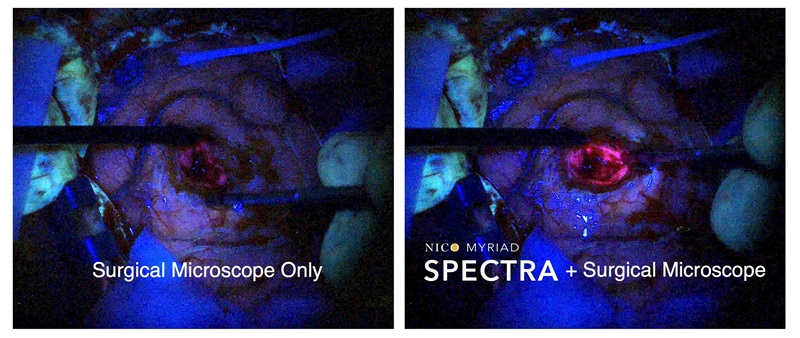Complicated Pancreatic Procedures Safely Performed with Robotic-Assisted Surgery
By HospiMedica International staff writers
Posted on 29 Nov 2010
A new study suggests that robotic-assisted surgery involving complex pancreatic procedures can be performed safely in a high-volume facility.Posted on 29 Nov 2010
Researchers at the University of Pittsburgh (PA, USA) conducted a retrospective review of 30 patients (median age 70 years) who underwent robotic-assisted pancreatic resection and reconstruction at the University of Pittsburgh Medical Center (PA, USA), between October 2008 and February 2010. The procedures reviewed included robotic-assisted non-pylorus-preserving pancreaticoduodenectomy, robotic-assisted central pancreatectomy, and robotic-assisted Frey procedure. The main outcome measures were primary pathology, operative time, operative blood loss, perioperative blood transfusions, pancreatic fistula, 90-day morbidity and mortality, and readmission rate.
The results showed that the median operative time was 512 minutes, median blood loss was 320 mL, and median length of hospital stay of 9 days. In the 90 days following the procedure, there was one postoperative death. Eight cases of pancreatic fistula occurred, only three of which were clinically significant; according to the researchers, this rate is consistent with that observed in large groups of patients undergoing open procedures. Severe 90-day complications developed in seven patients (23%), while less severe complications occurred in eight patients (27%); two patients (7%) underwent reoperation. The study was published early online on November 15, 2010, in Archives of Surgery.
"Robotic-assisted pancreatic surgery continues to evolve, and newer technologies may reduce operative times by minimizing the time associated with docking the robot as well as loading and extracting needles from the abdomen,” concluded lead author Amer Zureikat, M.D., and colleagues of the pancreatic cancer center. "Although no specific complications were attributed to long operative times in this cohort of patients, larger series of patients and shorter operative times may demonstrate the underlying benefits of robotic-assisted surgery more convincingly.”
Related Links:
University of Pittsburgh












.jpg)

